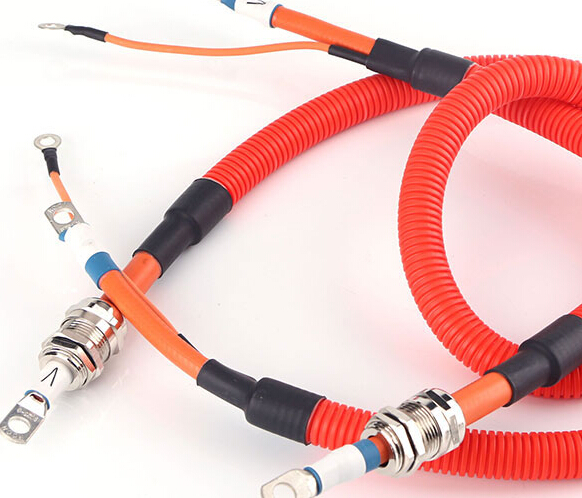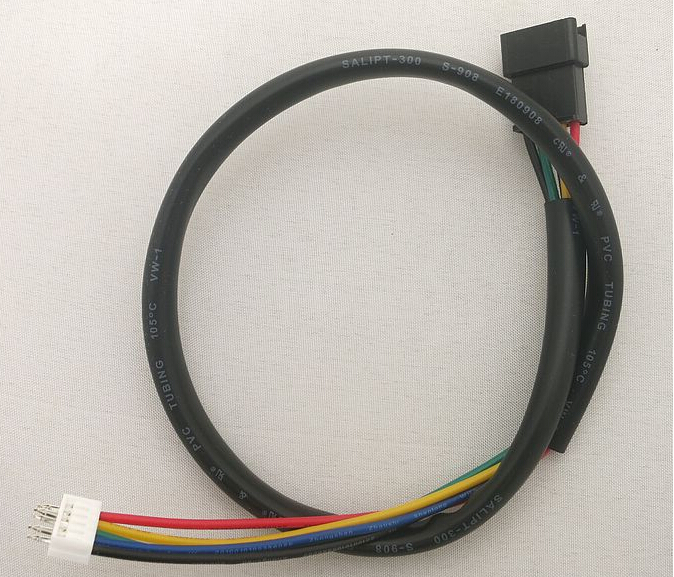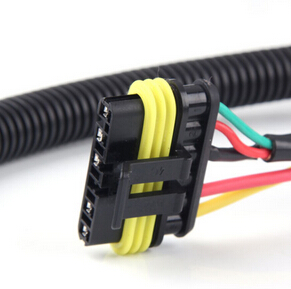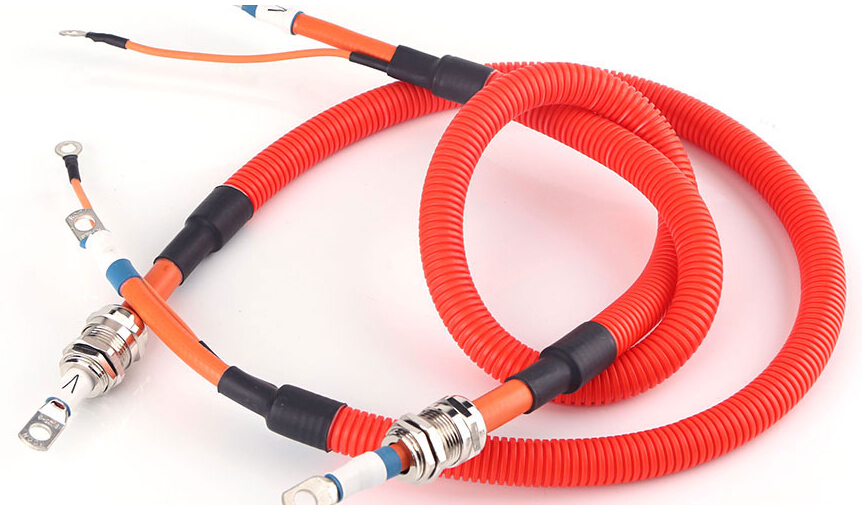Under the great development trend of the automobile market, each of the automotive wiring harnesses as an important part of the automobile is not visible. It is conceivable that this trend is inevitable, especially in the environment where the country vigorously supports new energy vehicles.
First, consider from the design aspect. The main weight of a harness is basically determined from the design stage. The branch and the direction of the harness are designed according to the required function and vehicle layout. The output is 2D drawings and 3D assembly drawings. At this stage, most types of connectors/wires/terminals and plastic parts are selected and defined; just like the VA/VE that many wire harness companies do, the most important value of VA/VE is determined during the design phase. In the design phase, weight factors can be considered on the premise of perfecting functions, for example, minimizing branches or using the same branch circuit (merging branches) to achieve different functions; reducing branch means related wires/connectors/stabs/tapes etc. Series parts will disappear, significantly reduce the load; Second, if you can not reduce the branch, then based on the whole car to spread the layout as much as possible to shorten the branch (not winding) is also considered within the scope of the guarantee function to shorten the length of the branch, is a wise s Choice.

Second, consider from the material above. There are many materials used in a finished wire harness, including wires/connectors/terminals/plastics/stabs and tapes. Let's take a look at the feasibility of lightweighting of each material.
1, the wire material. Wire is the most important component and carrier of wire harnesses, and its importance is self-evident. At present, copper conductors are the mainstream in the industry because copper materials are conductors that are currently known and have excellent electrical conductivity and safety, and are also the most suitable conductors for automotive wiring harnesses (considering price considerations). However, since the rise of copper prices in 2005, aluminum has once again been put on the table as a conductor that is most likely to replace copper. Let us compare the key parameters of copper and aluminum. First of all, the density ratio of copper to aluminum is 3.29:1. That means 1 ton of aluminum equals 3.29 ton of copper. What do you see? First of all, we don’t talk about price. The big advantage is that there is great hope for lightweighting; the second parameter is the electrical conductivity, the ratio of copper to aluminum is 1:0.629, aluminum is weaker than copper in electrical conductivity, and the mechanical strength of aluminum is not as good as that of copper, that is, in automotive wiring harnesses. At present, aluminum has not yet been able to completely replace copper, but this is a development trend, especially under the influence of two major factors of price and weight, more and more equipment in wire harness processing also corresponds to aluminum wire processing including copper and aluminum mixture, such as ultrasonic The welding machine, Schunk's LS-200 model welding machine is a new type of machine where both copper and aluminum can be welded (large square wire diameter) and even hybrid welding.
















 RCCN WeChat QrCode
RCCN WeChat QrCode Mobile WebSite
Mobile WebSite







